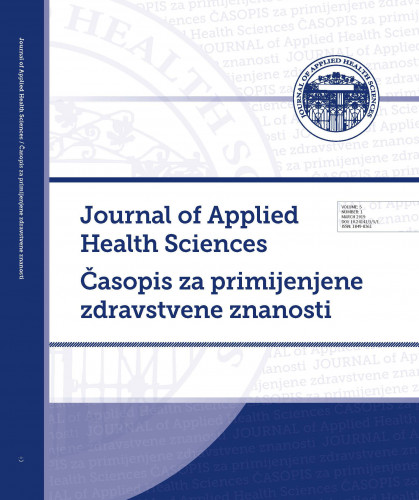Objectives: To determine the rationale behind the concurrent practice of conventional and computed radiography systems in two federal hospitals and to determine the advantages and disadvantages Methodology: Fifty-one questionnaires comprising 22 items and divided into four sections were distributed to radiologists, radiographers and intern radiographers. Analysis was carried out using the Statistical package for Social Sciences (SPSS) version 19.0. Chi-square was used to test the hypothesis with the significance level of p<0.05. Results: Most respondents (68.6%, n=35) agreed that the incidence of preference of one radiographic system over the other by referring physicians was the main rationale for the concurrent practice of both radiographic systems in their departments. Majority (88.2%, n=45) agreed that the main advantage of the concurrent practice of both radiographic systems was that each radiographic system could serve as backup in the event of breakdown of one system. Majority (66.7%, n=34) agreed that the main disadvantage of the concurrent practice of both radiographic systems was that it was expensive to practice and maintain both systems concurrently. Chi square value was statistically significant p<0.005. Conclusion: The major rationale was preference by referring physicians. The study revealed the advantages of the concurrent practice of both radiographic systems and the provision of a backup system in the event of break down. The disadvantage of the concurrent practice of both radiographic systems is the cost of maintenance and the incidence of undue preference of one radiographic system over another. Acknowledgement: we acknowledge the management and staff of Radiology departments of the two hospitals where the study took place.; Cilj: Utvrditi razloge za istodobnu upotrebu konvencionalnog i računalnog radiografskog sustava u dvije savezne bolnice te utvrditi njihove prednosti i nedostatke. Metodologija: Radiolozima, radiološkim tehnolozima i stažistima podijeljen je 51 upitnik od 22 tvrdnje koji se sastoji od četiri dijela. Analiza je provedena primjenom Statističkog paketa za društvene znanosti (SPSS), verzija 19.0. Za testiranje hipoteze primijenjen je hi-kvadrat test s razinom značajnosti od p <0,05. Rezultati: Većina ispitanika (68,6 %, n = 35) složila se da je liječnikova preferencija jednog radiografskog sustava glavni razlog za istodobnu upotrebu obaju radiografskih sustava na njihovim odjelima. Većina (88,2 %, n = 45) se složila da je glavna prednost istodobne upotrebe obaju radiografskih sustava da svaki od njih može poslužiti kao rezervni u slučaju kvara jednog od sustava. Većina (66,7 %, n = 34) se složila da je glavni nedostatak istodobne upotrebe obaju radiografskih sustava visok trošak primjene i održavanja dvaju sustava istodobno. Vrijednost hi-kvadrata bila je statistički značajna s p <0,005. Zaključak: Glavni razlog za upotrebu obaju sustava bila je sklonost liječnika jednom od ta dva sustava. Istraživanje je otkrilo prednosti istodobne upotrebe obaju radiografskih sustava i osiguravanje rezervnog sustava u slučaju kvara. Nedostatak je istodobne upotrebe obaju radiografskih sustava trošak održavanja i neopravdana preferencija jednog radiografskog sustava u odnosu na drugi.
Sažetak

 Journal of applied health sciences : Časopis za primijenjene zdravstvene znanosti : 5,1(2019) / glavni urednik Aleksandar Racz
Journal of applied health sciences : Časopis za primijenjene zdravstvene znanosti : 5,1(2019) / glavni urednik Aleksandar Racz